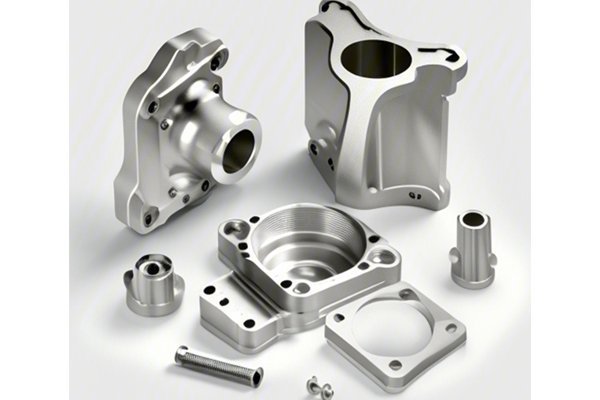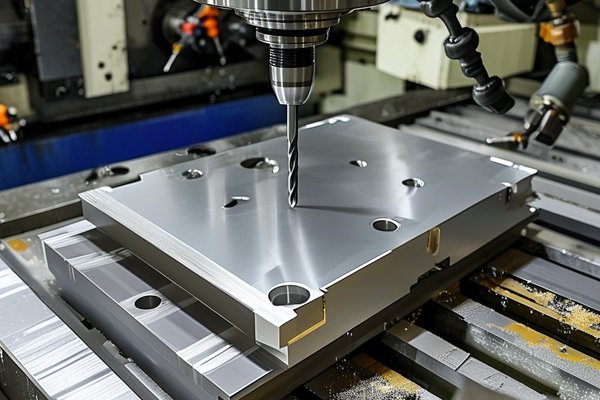Did you know that about 85% of product development teams fail to launch their products on time due to misalignments in prototype specifications and manufacturing processes? This staggering statistic underscores how crucial it is to choose the right CNC milling process tailored to the purpose of your prototype. Whether you are working in aerospace, automotive, or any other engineering-related field, the design and functionality of your prototype can significantly impact the final product’s success.
In this comprehensive guide, we will explore how to effectively choose a CNC milling process that aligns with various prototype purposes. We will delve deep into the intricacies of CNC milling, its advantages over traditional machining, and how to decide on the best method based on materials, complexity, accuracy requirements, and production volume. Let’s get started!
—
Understanding CNC Milling
CNC (Computer Numerical Control) milling is a manufacturing process that involves the use of computerized controls and cutting tools to remove material from a workpiece to shape it into a specific design. Unlike traditional machining, where skilled labor is required to operate the machines manually, CNC milling utilizes automation to enhance precision and efficiency. 
CNC milling offers several benefits, including:

The CNC Milling Process
Factors to Consider in Choosing the CNC Milling Process
Understanding the purpose of the prototype is paramount. Are you developing a concept model for initial testing, or is it a functional prototype intended for real-world application?
Materials come with specific characteristics that can significantly affect the machining process. Common materials include:
Choose a material that aligns well with your prototype function while also accounting for the milling process’s capabilities and the cutting tools available.

The complexity of your design is another essential factor.
Different applications require different tolerance levels. High-precision projects, like those in the aerospace industry, demand tighter tolerances than other sectors might require.
Another critical consideration is how many prototypes you need.
Advanced Techniques in CNC Milling
Adaptive machining techniques allow CNC machines to adjust their parameters in real-time based on feedback from probing or sensors during the milling process. This adaptability can significantly enhance precision, making it valuable for intricate prototype designs.
Efficient tool path strategy can decrease machining time and increase tool life. Algorithms can analyze the milling process and suggest the optimal path to minimize unnecessary movements while maintaining accuracy.
Common Mistakes to Avoid
Choosing the appropriate CNC milling process based on the purpose of your prototype is vital for success in product development. By carefully evaluating the needs of your project, including design complexity, material requirements, and optimization techniques, you can ensure that your prototypes meet expectations for both functionality and quality.
From selecting the right materials to choosing between 3-axis and 5-axis machining, every factor plays a critical role in achieving your desired outcome. Always remember to strategize meticulously to ensure that your prototype meets both design and performance criteria. As you move forward, think about how crucial the milling process will be in the grand scheme of your product development, particularly given the high stakes of launching a successful product in today’s competitive market.
This decision is not merely a technical choice; it is a pivotal step that can define the efficacy of your development, impact your brand’s reputation, and dictate your competitiveness in the market.
—




